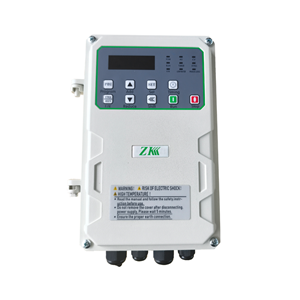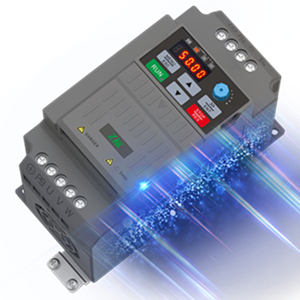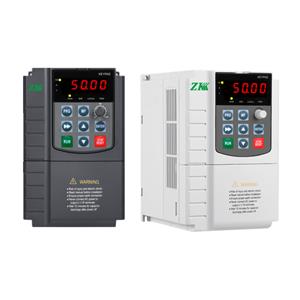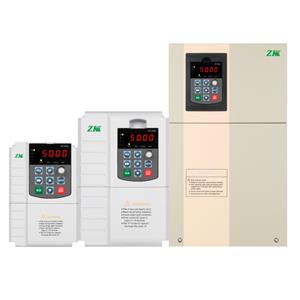Technological Developments of Photovoltaic Inverters
The photovoltaic inverter industry is undergoing rapid technological innovation, driven by the demands for higher efficiency, better reliability, and smarter management.
A major breakthrough is the adoption of wide - bandgap (WBG) semiconductor materials, primarily silicon carbide (SiC) and gallium nitride (GaN). Compared to traditional silicon (Si) semiconductors, SiC has a breakdown field strength 10 times higher and a thermal conductivity 3 times better, while GaN offers faster switching speeds and lower on - resistance. These properties allow inverters to operate at higher temperatures, voltages, and frequencies. For instance, a 100kW SiC - based inverter is 30% smaller and 25% lighter than a silicon - based counterpart of the same power. It also achieves an efficiency of over 98.5%, compared to 96% - 97% for silicon inverters, reducing energy loss significantly. Major manufacturers like SMA Solar and Huawei have already launched SiC - based inverters for commercial and utility - scale applications, with production costs gradually decreasing as adoption increases.
Another key development is the deep integration of energy storage. Modern inverters are designed with bidirectional conversion capabilities, enabling them to charge batteries with excess solar power during the day and discharge stored energy to power loads at night or during cloudy periods. This "solar + storage" system improves energy self - sufficiency—residential systems can achieve 60% - 80% self - sufficiency, while C&I systems can reach up to 90% in some cases. In utility - scale solar farms, large - scale energy storage - integrated inverters help stabilize the grid by providing frequency regulation and peak shaving services. For example, a 1GW solar farm in Australia paired with 500MWh of battery storage uses inverters that can adjust power output within milliseconds, responding to grid frequency fluctuations.
Smartization is also transforming inverter functionality. Inverters now come equipped with Wi - Fi, 4G, or LoRa communication modules, allowing remote monitoring and control via cloud - based platforms or mobile apps. Users can real - time check parameters like power output, voltage, and temperature, and receive alerts for faults such as panel shading or inverter overheating. Predictive maintenance algorithms analyze operational data to identify potential issues before they cause failures—reducing maintenance costs by 20% - 30% and extending the inverter's lifespan (from 10 - 15 years to 15 - 20 years). Additionally, virtual power plant (VPP) technology aggregates thousands of distributed inverters into a single "virtual" power plant, enabling them to participate in the electricity market and provide grid support services, further enhancing the value of solar energy.
[Insert an image here of a new - generation photovoltaic inverter with cut - away sections showing the SiC or GaN components inside. There should also be a diagram next to it demonstrating the integration of the inverter with a battery storage system and a smart control interface on a tablet.]
Get the latest price? We'll respond as soon as possible(within 12 hours)
more products
News
Featured Products
Contact Details




